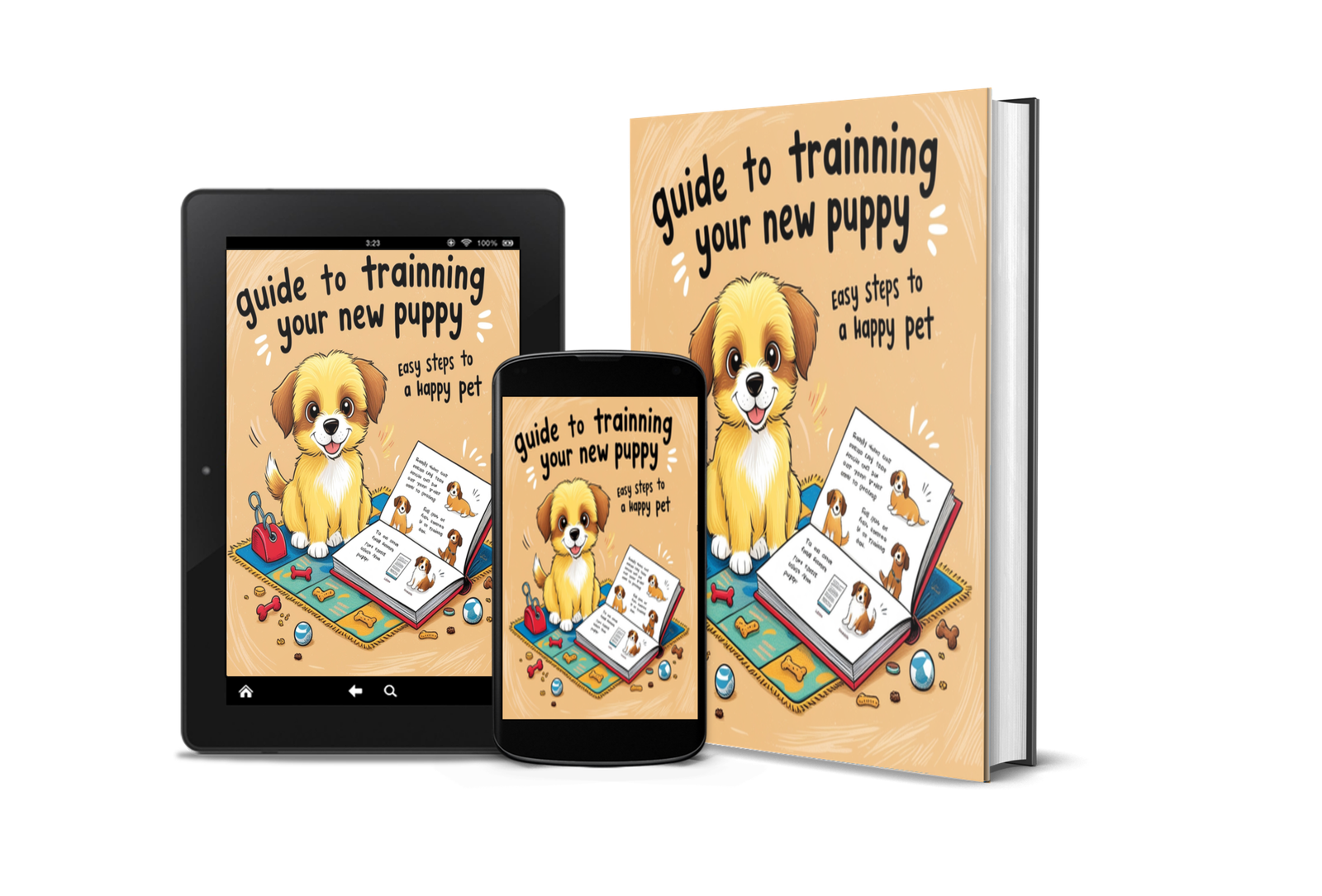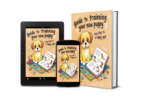This outline is an excellent foundation for a comprehensive guide on raising a puppy! Here’s how you can refine it to make it even more engaging and useful:
Chapter 1: Preparing for Your New Puppy
- Choosing the Right Breed: You can elaborate on how different breeds have unique needs and characteristics, perhaps linking breed selection to the owner’s lifestyle (e.g., apartment dwellers vs. those with large yards). You might want to include a small breed comparison chart.
- Puppy-Proofing Your Home: Offer actionable tips on securing hazardous areas and removing harmful objects (like electrical cords and chemicals).
- Essential Supplies: Create a checklist for new puppy owners, breaking down each category (toys for mental stimulation, specific types of leashes, etc.).
- Creating a Comfortable Space: Maybe add DIY tips on how to set up a cozy crate or play area to ease anxiety in puppies.
Chapter 2: The First Few Days at Home
- Introducing Your Puppy to Their New Environment: You could expand on how to slowly introduce different rooms of the house to prevent overwhelming the puppy.
- Building a Routine: Visual aids like a sample daily routine for the first week can be helpful.
- Meeting the Family: Include guidance for introducing the puppy to other pets, too.
- Managing the First Night: Consider adding a section on calming techniques, like using a ticking clock or a warm water bottle to simulate the mother’s presence.
Chapter 3: Basic Puppy Training Techniques
- The Importance of Consistency: It could be helpful to highlight common mistakes people make when they’re inconsistent in training.
- Potty Training: Maybe include troubleshooting tips for accidents and what to do when setbacks occur.
- Basic Commands: Diagrams or step-by-step instructions for hand signals and body language can make this section more visual and interactive.
Chapter 4: Socialization
- Meeting Other Dogs: You could include sections on recognizing dog body language, so owners know when their puppy is comfortable or stressed.
- Preventing Aggression and Fearful Behavior: Use case studies or stories to illustrate how early socialization can prevent behavioral issues down the road.
Chapter 5: Dealing with Common Puppy Challenges
- Chewing and Teething: Discuss long-lasting chew toys and even provide a recipe for homemade frozen treats to help soothe teething discomfort.
- Biting and Mouthing: Offer real-world examples of training games that discourage nipping while still encouraging playful interaction.
Chapter 6: Building a Strong Bond with Your Puppy
- Playtime and Exercise: Suggest specific games that cater to a puppy’s development, like fetch for physical stimulation or puzzle toys for mental engagement.
- The Role of Rewards: Create a mini-section on types of rewards and how to rotate them for maximum training effectiveness.
Chapter 7: Health and Wellness for Puppies
- Vaccinations and Vet Visits: A vaccination timeline or printable checklist for new owners could be extremely useful.
- Nutrition and Feeding Guidelines: You might break this down by age, breed, and weight to help owners adjust their puppy’s diet as they grow.
- Puppy Health Concerns: Include a list of early warning signs for common puppy illnesses (e.g., parvovirus, kennel cough).
Chapter 8: Transitioning into Adulthood
- Adolescent Puppy Behavior: A section on what to expect during hormonal changes, and how to continue reinforcing good habits.
- Maintaining Socialization and Training: Tips on avoiding bad habits or behavioral regression during adolescence.
Advanced Tips for Optimizing Your Puppy Training Routine
- Stay Consistent: Puppies learn through repetition. Keep commands the same and make sure all family members use the same words and hand signals.
- Reward-Based Training: Positive reinforcement is the most effective way to train a puppy. Use treats, praise, or playtime to reward good behavior and avoid punishing mistakes.
- Be Patient: Training a puppy can be challenging, but with patience and consistency, you’ll see progress. Remember, every puppy learns at their own pace.
- Use Crate Training for Housebreaking: Crate training is one of the most effective ways to teach your puppy to hold their bladder. Dogs naturally avoid soiling their sleeping area, so keeping your puppy in their crate during rest times helps establish a housebreaking routine.
Conclusion: Start Training Your Puppy Today!
Training your puppy is an essential part of raising a well-adjusted, happy dog. By starting early, using positive reinforcement, and focusing on key commands and socialization, you’ll be setting your puppy up for success. Whether your puppy is 8 weeks or 4 months old, the right training approach will ensure that they grow into a well-behaved and loving companion.
Now is the perfect time to begin training your new puppy—so grab some treats, set up a schedule, and start building a lifelong bond with your best friend!
Ready to transform your puppy into the best-behaved dog in the neighborhood? Start training today and watch the magic happen! 🐶








